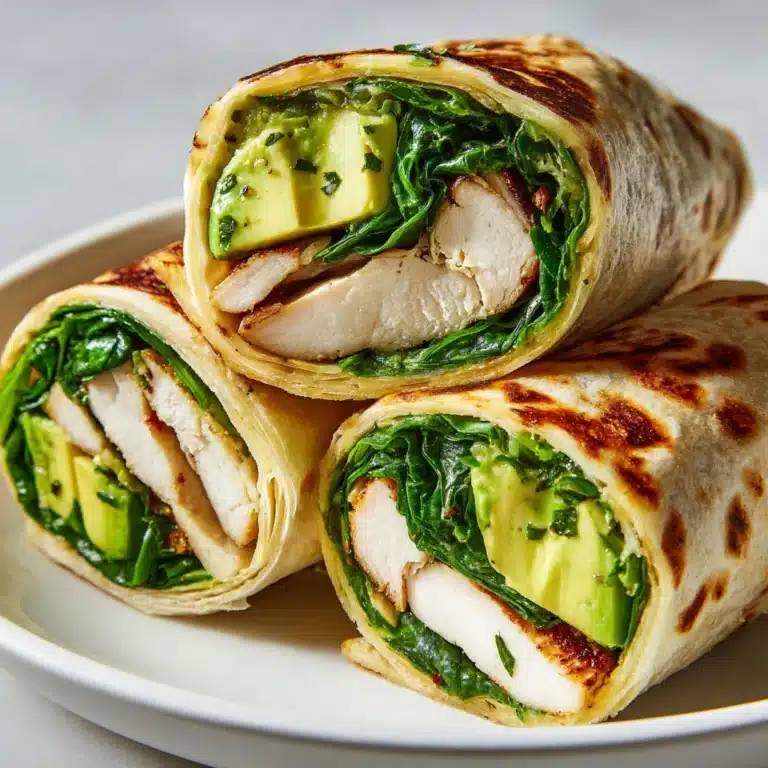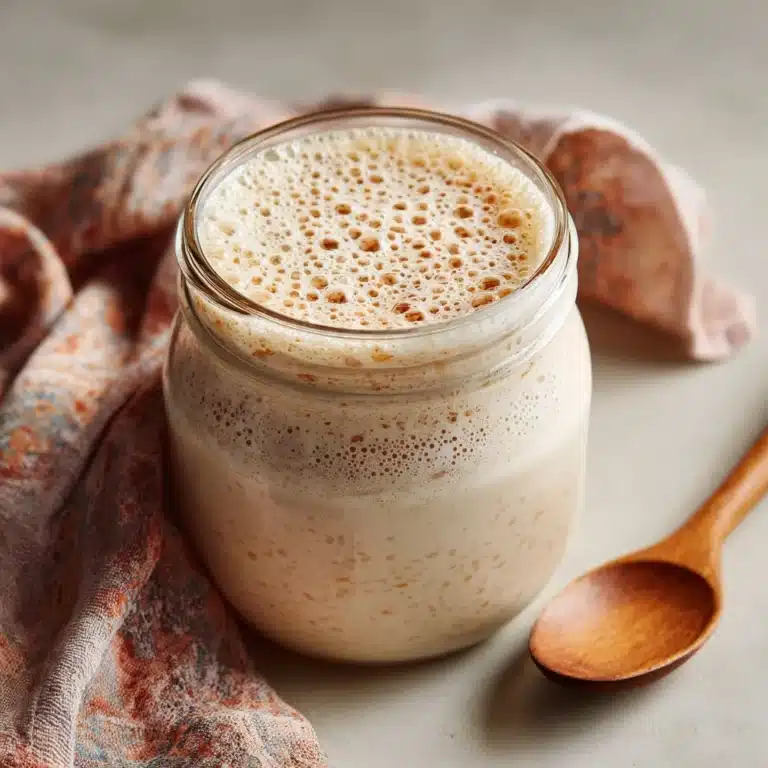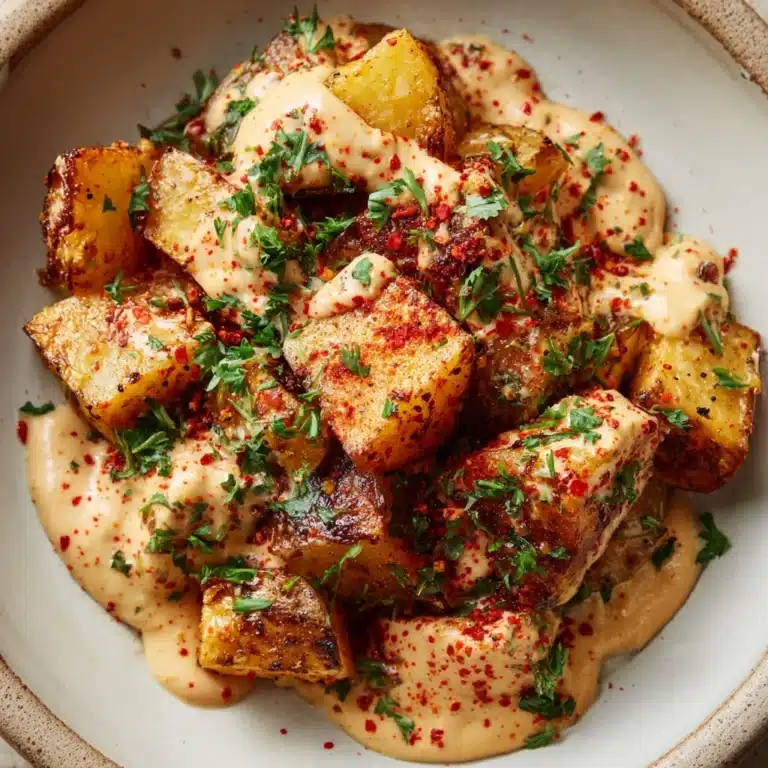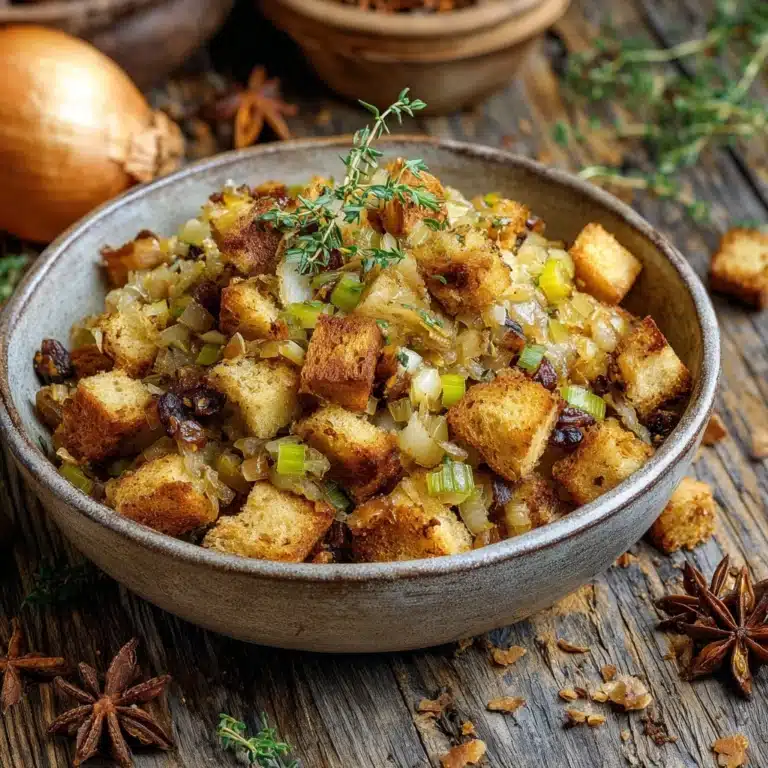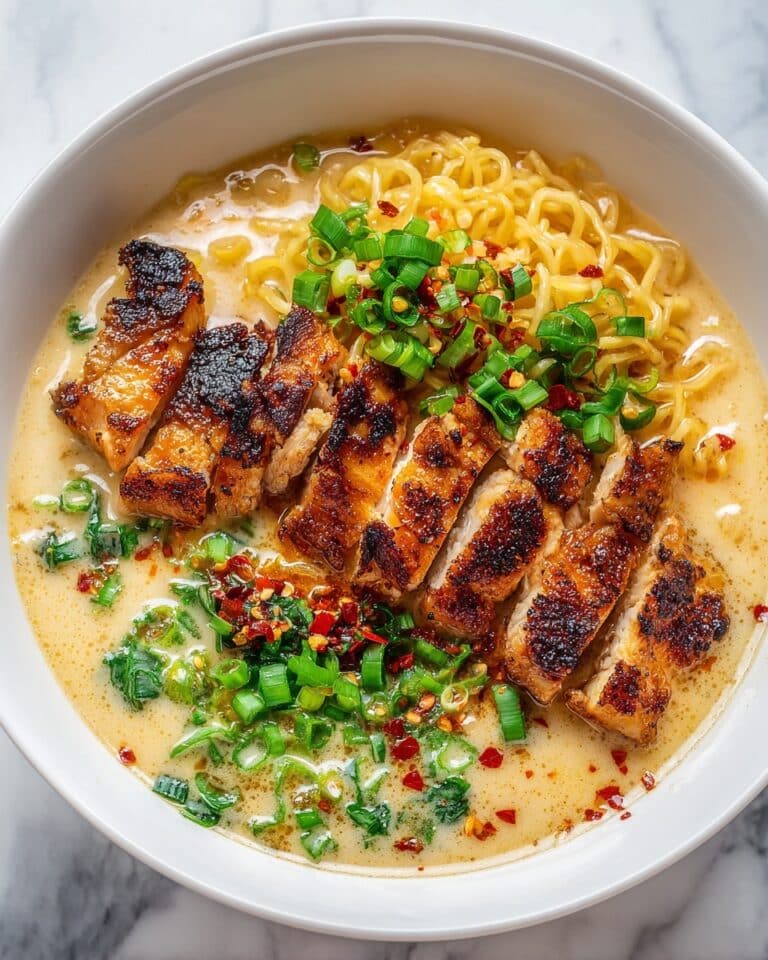Vanilla Pudding Recipe
There’s nothing quite like the cozy, nostalgic joy of a bowl of Vanilla Pudding. Silky smooth and delicately sweet, it’s the kind of dessert that takes you right back to childhood, yet is so satisfying you’ll want to whip up a batch any day of the week. Made with just a handful of kitchen staples you probably already have on hand, this homemade custard is worlds above any boxed mix in terms of flavor and rich, creamy texture. Whether you serve it solo, layer it with fruit, or add a sprinkle of crunchy toppings, vanilla pudding simply never goes out of style.
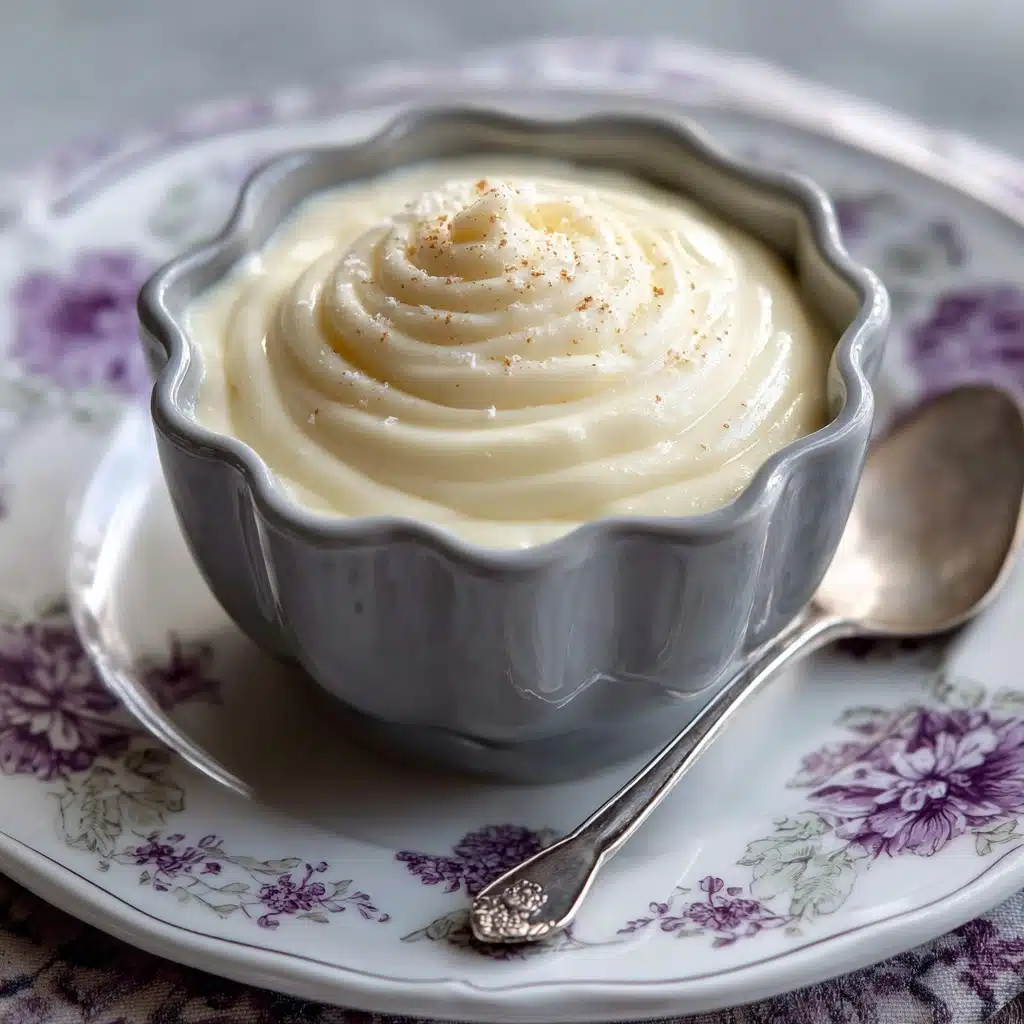
Ingredients You’ll Need
Vanilla pudding shines because of its humble yet essential ingredient list. Each item plays a starring role, from the lush creaminess of whole milk to the warm, comforting aroma of real vanilla extract—together, they create a dessert that’s pure comfort in a bowl.
- Whole Milk (2 1/2 cups): Using whole milk as the base gives the pudding incredible creaminess and richness.
- Granulated Sugar (1/2 cup): This sweetens the pudding just enough, allowing the vanilla flavor to really shine through.
- Cornstarch (1/4 cup): Key for thickening the mix, cornstarch keeps the pudding smooth and velvety without needing flour.
- Salt (1/4 teaspoon): Just a pinch brightens and balances all the sweet flavors.
- Egg Yolks (3 large): These enrich the pudding, adding gorgeous golden color and a luxurious texture.
- Unsalted Butter (2 tablespoons): Stirred in at the end for extra silkiness and depth of flavor.
- Pure Vanilla Extract (1 tablespoon): The heart of this dish—be generous for the absolute best, aromatic Vanilla Pudding flavor!
How to Make Vanilla Pudding
Step 1: Whisk the Dry Ingredients
Start by grabbing a medium saucepan and whisking together your sugar, cornstarch, and salt. Combining these dry ingredients first prevents lumps, ensuring that your pudding will be ultra-smooth when finished. It’s such a small step, but makes a huge difference!
Step 2: Add the Milk
Slowly pour in the whole milk, whisking constantly to make sure everything dissolves nicely. Take your time here—adding the milk gradually keeps the mixture lump-free, promising a flawless texture in every spoonful of Vanilla Pudding.
Step 3: Cook Until Thick
Place the saucepan over medium heat. Continuously stir as the mixture begins to warm and thicken; you’ll see it transform in about 5–7 minutes. It’s ready for the next step when it starts bubbling gently and coats the back of a spoon.
Step 4: Temper the Egg Yolks
While the milk mixture heats, whisk the egg yolks in a separate bowl. Slowly drizzle about 1/2 cup of the hot mixture into the yolks, whisking the whole time. This tempers the eggs—warming them gently so they don’t scramble. Now you can stir the yolk-milk mixture back into the saucepan without worry!
Step 5: Thicken and Finish
Continue to cook for another 2–3 minutes, stirring constantly until the pudding is thick and creamy. Remove from the heat and immediately stir in the butter and pure vanilla extract. This final step adds luxurious shine and the signature flavor that makes Vanilla Pudding irresistible.
Step 6: Chill Before Serving
Pour the finished pudding into your favorite serving dishes. Press a piece of plastic wrap directly onto the surface of each serving to prevent a skin from forming as it sets. Chill in the fridge for at least 2 hours so it firms up nicely—waiting is by far the hardest part!
How to Serve Vanilla Pudding
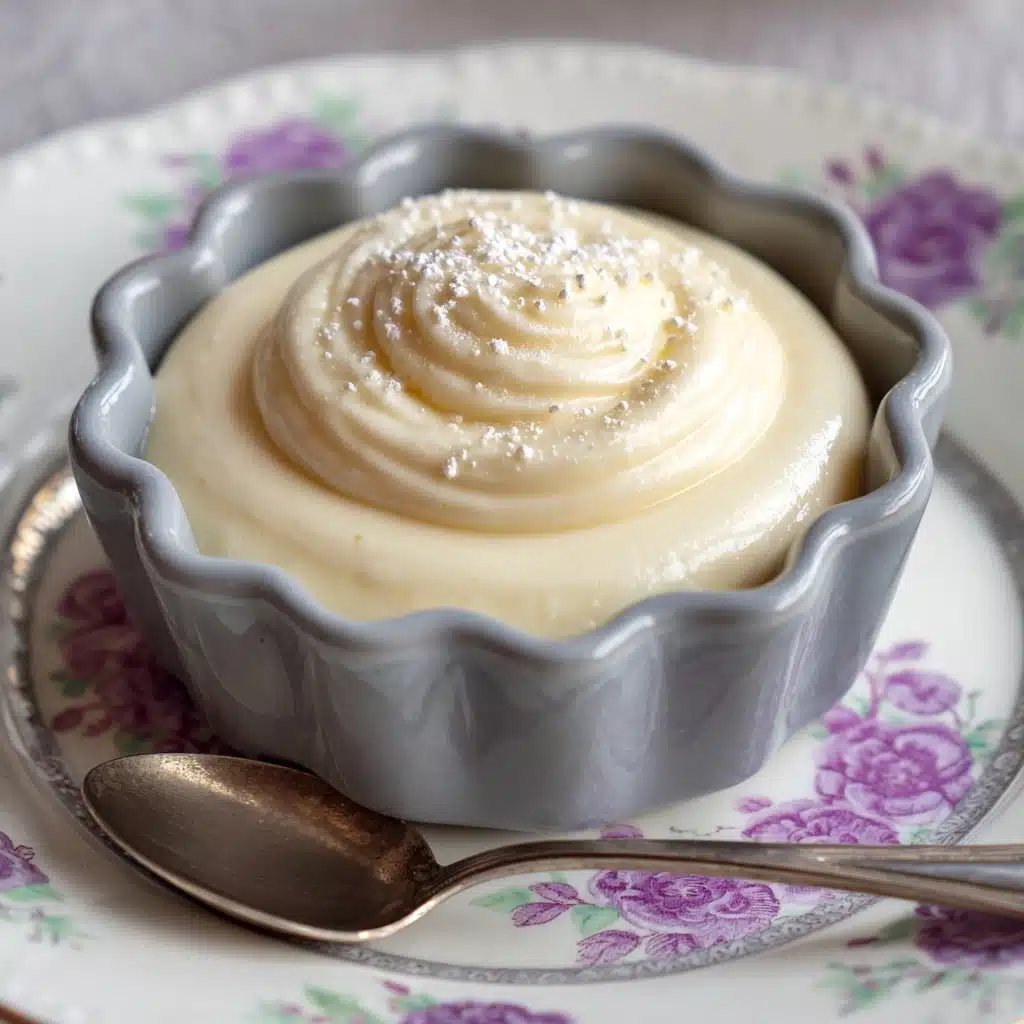
Garnishes
Topping your pudding is half the fun! A pinch of freshly grated nutmeg or cinnamon brings a warm, spicy note, while a few berries, sliced bananas, or a dollop of whipped cream make it extra memorable. Don’t forget a sprinkle of shaved chocolate for a decadent twist or crushed cookies for a playful crunch.
Side Dishes
Vanilla Pudding is delightful all on its own, but it also pairs beautifully with buttery shortbread cookies, crisp biscotti, or even a simple biscotti. For a summer treat, serve it alongside fresh seasonal fruit or a spoonful of berry compote to create a gorgeous contrast of flavors and colors.
Creative Ways to Present
If you’re feeling fancy, try layering Vanilla Pudding in parfait glasses with crumbled cookies and berries for a show-stopping dessert. Turn it into a banana pudding by alternating layers of pudding and banana slices with vanilla wafers, or spoon into tiny jars for adorable picnic-ready treats.
Make Ahead and Storage
Storing Leftovers
Store any leftover Vanilla Pudding in an airtight container or leave it in individual serving cups, but always keep that plastic wrap pressed directly on the surface to keep it extra silky. It will last wonderfully in the fridge for up to four days—if you don’t sneak a spoonful before then!
Freezing
While you can freeze Vanilla Pudding, you might notice a slight change in texture once thawed. For best results, pour into single-serve portions and wrap well. Thaw in the refrigerator, then give it a good stir before eating to restore as much creaminess as possible.
Reheating
Vanilla Pudding is best enjoyed cold, but if you’re looking for something a little cozier, you can gently rewarm it. Place a serving in a heat-safe bowl and microwave in short bursts, stirring in between, or warm on the stove over low heat while stirring constantly.
FAQs
Can I use low-fat milk instead of whole milk?
Yes, you can substitute low-fat or even non-dairy milk, but be aware that the pudding won’t be quite as creamy or rich. Whole milk gives Vanilla Pudding its decadent texture and comforting flavor, so use it whenever possible for classic results.
How do I prevent lumps in my pudding?
Lumps usually happen when cornstarch or eggs aren’t incorporated smoothly. Be sure to whisk the dry ingredients thoroughly first, add the milk gradually, and whisk constantly while cooking. Tempering the egg yolks helps too—it’s a game changer for ultra-smooth Vanilla Pudding.
Why is there a ‘skin’ on top of my pudding?
The skin forms when the surface is exposed to air. Simply press plastic wrap directly onto the pudding as it cools to keep it perfectly smooth with no pesky skin.
Can I use this pudding as a filling for cakes or pies?
Absolutely! This Vanilla Pudding is sturdy enough to use as a dessert filling. Let it set completely in the fridge before layering into cakes or pies for best results.
How can I make the pudding even richer?
For an ultra-rich pudding, swap part of the whole milk for half-and-half or even a touch of heavy cream. Just adjust the final texture with a little extra cornstarch if needed and enjoy the extra luxury.
Final Thoughts
If you’ve never tried making Vanilla Pudding from scratch, you’re in for such a treat! It’s creamy, comforting, and practically guaranteed to put a smile on everyone’s face. So grab your whisk, gather your simple ingredients, and enjoy every luscious spoonful—you’ll never look at store-bought the same way again.
Print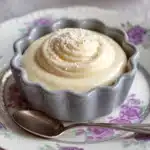
Vanilla Pudding Recipe
- Total Time: 15 minutes plus chilling time
- Yield: 4 servings 1x
- Diet: Vegetarian
Description
Indulge in the creamy goodness of homemade Vanilla Pudding with this easy stovetop recipe. This classic dessert is rich, velvety, and bursting with vanilla flavor.
Ingredients
Main Ingredients:
- 2 1/2 cups whole milk
- 1/2 cup granulated sugar
- 1/4 cup cornstarch
- 1/4 teaspoon salt
- 3 large egg yolks
- 2 tablespoons unsalted butter
- 1 tablespoon pure vanilla extract
Instructions
- Prepare the Pudding Mixture: In a medium saucepan, whisk together sugar, cornstarch, and salt. Gradually add milk, whisking constantly. Heat over medium heat until thickened.
- Temper the Egg Yolks: Whisk egg yolks in a bowl. Slowly add hot milk mixture to yolks, then return to saucepan and cook until thick.
- Finish the Pudding: Remove from heat, stir in butter and vanilla. Pour into dishes, cover with plastic wrap, and chill for 2 hours.
Notes
- For a richer pudding, use a mix of whole milk and half-and-half.
- This pudding is versatile and can be used in parfaits or banana pudding recipes.
- Prep Time: 5 minutes
- Cook Time: 10 minutes
- Category: Dessert
- Method: Stovetop
- Cuisine: American
Nutrition
- Serving Size: 1/2 cup
- Calories: 190
- Sugar: 19 g
- Sodium: 120 mg
- Fat: 6 g
- Saturated Fat: 3.5 g
- Unsaturated Fat: 2 g
- Trans Fat: 0 g
- Carbohydrates: 30 g
- Fiber: 0 g
- Protein: 4 g
- Cholesterol: 115 mg
